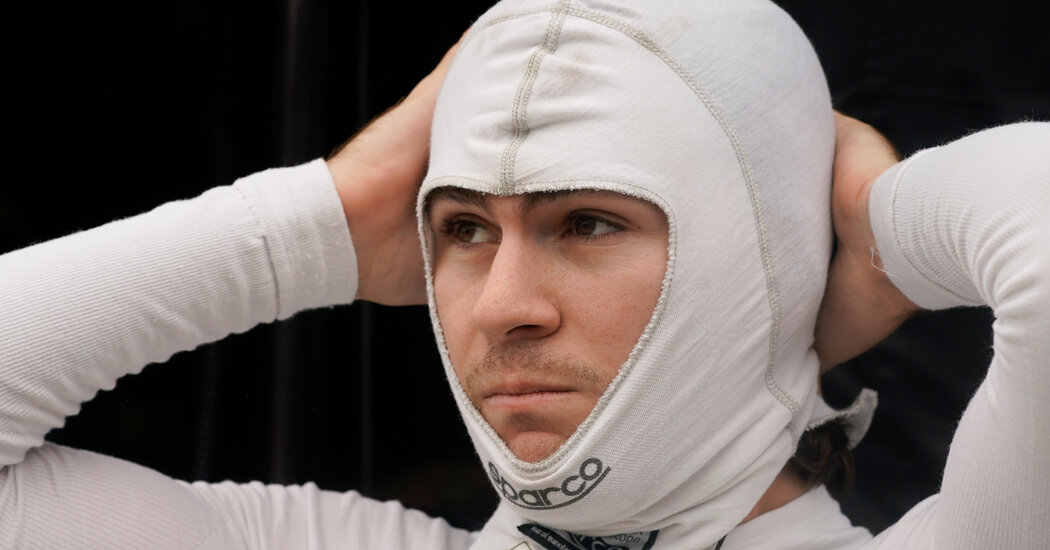
But despite the series’ glamour, the path to Formula 1, especially for Americans, Sullivan said, can be a grueling experience.
“A lot of guys didn’t like the food, the weather, the travel, and they didn’t like being so far away from their families,” Sullivan said. “And there’s also a national pride — a national favoritism — toward your own country over there. They simply preferred their own drivers.”
After one decent season in Formula 1, including a fifth-place finish at the Monaco Grand Prix, Sullivan left the series and abandoned Europe, unable to secure enough sponsorship money to continue. He went on to enjoy a successful racing career at home, winning the 1985 Indianapolis 500 and the 1988 CART Championship, a precursor to IndyCar.
Then, in the early 2000s, Sullivan served as a talent scout for Formula 1’s Red Bull Racing team and found that most young Americans and their families were turned off by the long and winding path to Formula 1.
“A major issue for these younger American kids is that their parents have to decide if they want to pick up and move overseas with them,” Sullivan said. “And remember, there are only 20 seats in Formula 1. It’s cutthroat to get one, and even the most talented kids can get passed over. Do you really want to uproot your life for a few years, with no guarantee that you’ll even reach your goal?”
But fans hoping to see a Formula 1 driver from the U.S. may not have to wait much longer. Michael Andretti, one of Mario’s sons and a former Formula 1 driver, announced in February that his racing organization, Andretti Autosports, had formally launched a bid to create a Formula 1 team by 2024.
Andretti made it clear that the team would prioritize signing an American driver, something that Haas F1 Team — currently the only American-owned Formula 1 team on the grid — has never entertained.